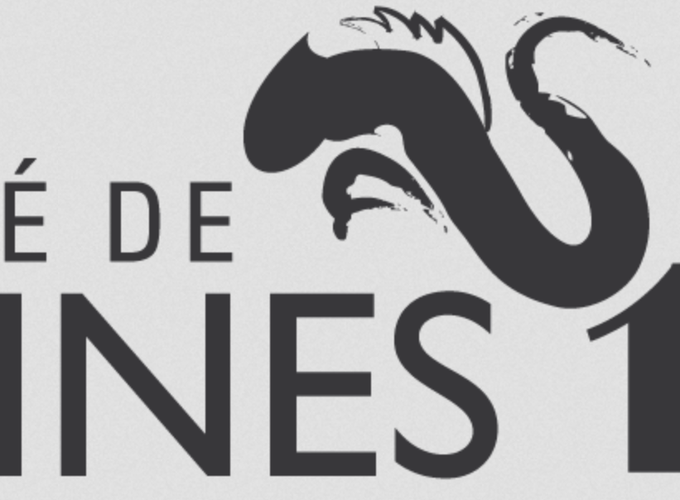Pseudo-subjective Quality Assessment of Multimedia Streams and its Applications in Control

Pseudo-subjective Quality Assessment of Multimedia Streams and its Applications in Control
Abstract
The fast growth of the Internet over the last few years has spurred the development of new applications, in particular multimedia services such as voice over IP (VoIP), music streaming, video on demand (VoD), video–conferencing, etc. However, the Internet infrastructure was not designed with these applications in mind, and thus their performances are not as good as they should be. It is therefore necessary to develop mechanisms able to improve the quality of these services, and there is indeed an important ongoing world–wide research effort in this direction. In order to effectively implement the aforementioned mechanisms, it is important to understand how the perceived quality of each application is affected by network conditions and applicative parameters. In this dissertation, we develop on a recent quality assessment technique, which we call Pseudo–Subjective Quality Assessment (PSQA), which is able to accurately estimate the quality as perceived by the application users. Moreover, it can provide precise estimations of quality in real–time, which no other technique currently found in the literature can do. Our first contribution concerns an in–depth study of PSQA and its performance, and how it compares to the other available assessment mechanisms. We then go on to provide a detailed analysis of the quality of VoIP as a function of several parameters, both network and application–level. We study both one–way and interactive flows, and consider wired and wireless networking contexts. The third contribution of this dissertation is a technique to integrate PSQA with other performance evaluation techniques, such as queuing models. This approach allows network designers to obtain a high–level view of the quality of service of the network being designed or dimensioned. Our fourth contribution concerns the development of quality–driven dynamic control mechanisms for multimedia applications, based on the real–time assessment capabilities of PSQA. We propose two proof–of–concept algorithms for control of one–way VoIP flows, and show how to extend them for interactive VoIP. We also propose quality–enhancing techniques for VoIP in a wireless context, including a simple priority scheme for the wireless link. We study their performance and how they might be used for dynamic control of the perceived quality